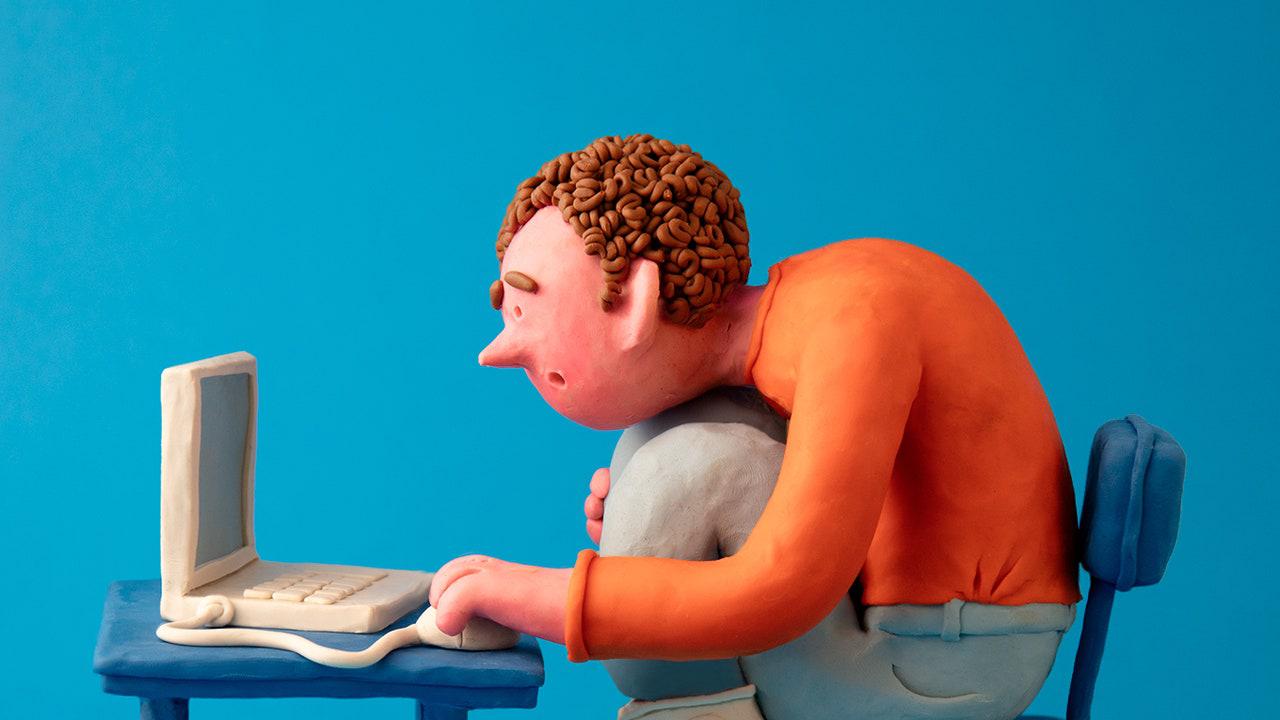
2024-04-08 词
The association of animals with posture correction goes beyond an accident of digital cuteness. As Beth Linker explains in her book “Slouch: Posture Panic in Modern America” (Princeton), a long history of anxiety about the proximity between human and bestial nature has played out in this area of social science. Linker, a historian of medicine at the University of Pennsylvania, argues that at the onset of the twentieth century the United States became gripped by what she characterizes as a poor-posture epidemic: a widespread social contagion of slumping that could, it was feared, have deleterious effects not just upon individual health but also upon the body politic. Sitting up straight would help remedy all kinds of failings, physical and moral, and Linker traces the history of this concern: from the exchanges of nineteenth-century scientists, who first identified the possible ancestral causes of contemporary back pain, to the late-twentieth-century popularity of the Alexander Technique, Pilates, and hatha yoga. The epidemic’s expression may have evolved, but even today it has hardly abated: on Goop, the wellness emporium, you can buy a foam roller to combat sitting-induced constriction of the waist and a plastic dome on which to therapeutically rock your pelvis. Sultry TikTok-ers demonstrate how to strap oneself into a corset-like garment that pins back the shoulders, while buff YouTube influencers explain how to appear inches taller by unfurling a tech-bent spine.
免责声明:本文来自网络公开资料,仅供学习交流,其观点和倾向不代表本站立场。